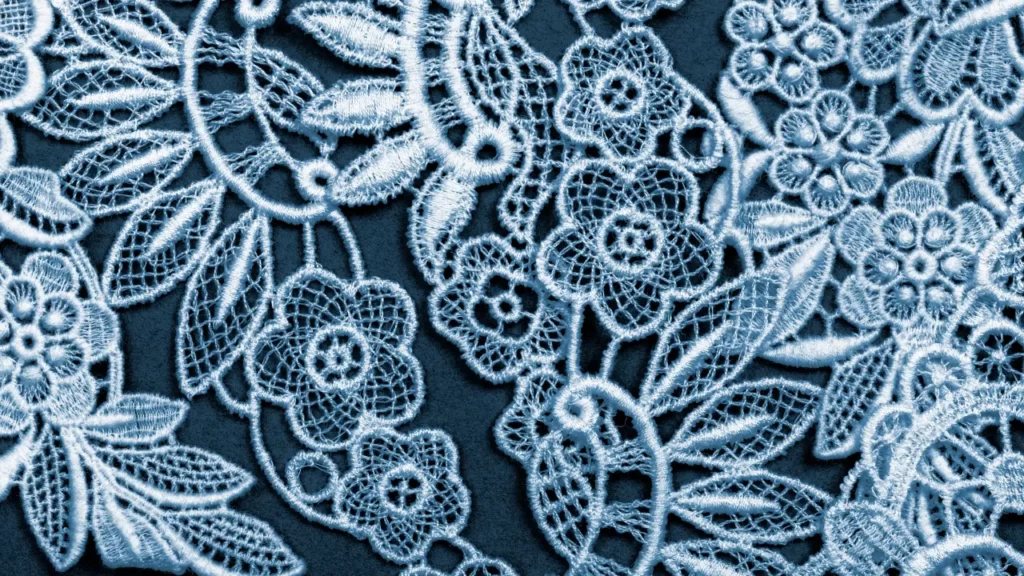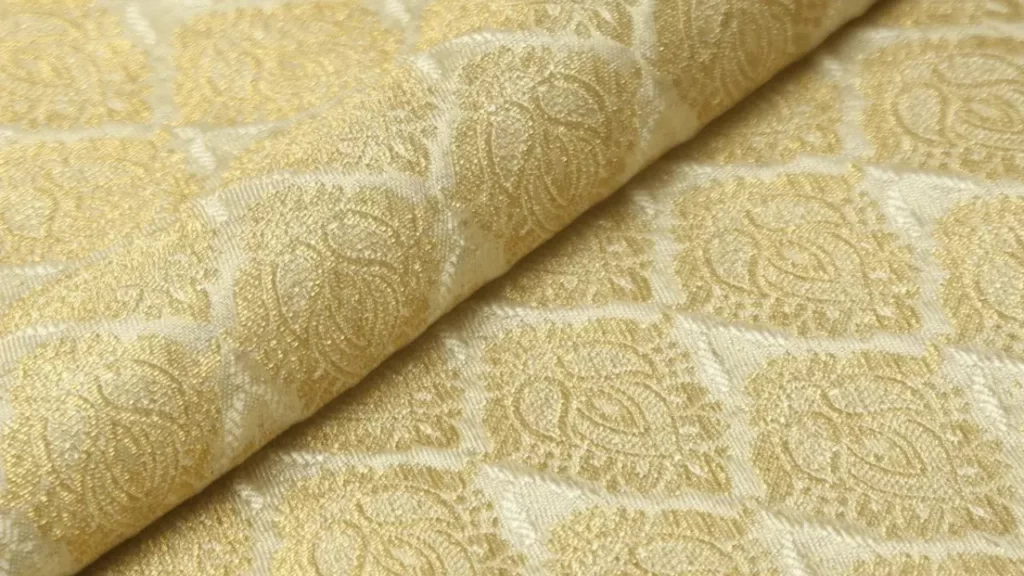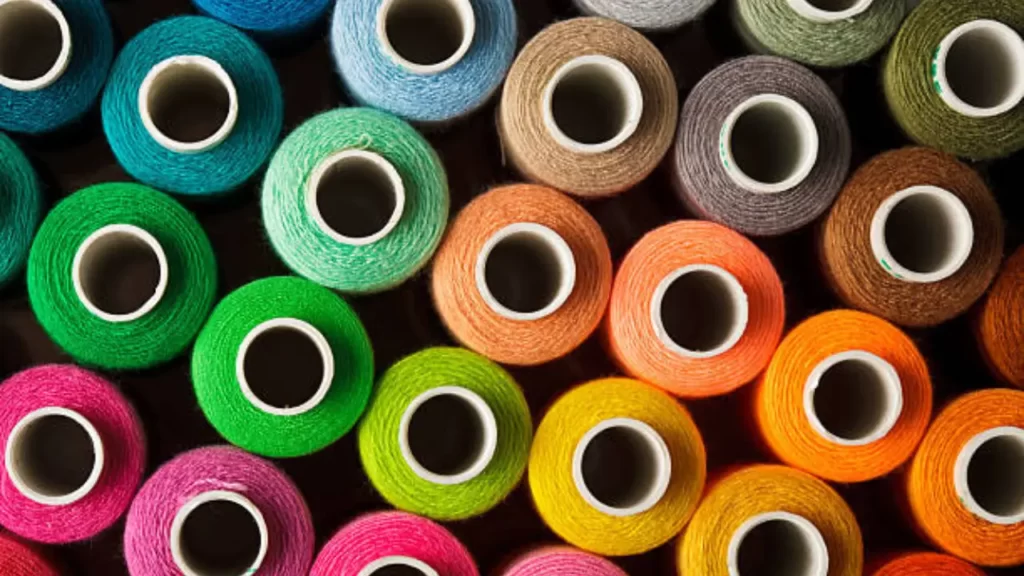There’s an unmatched charm to the delicate, ornate, and textured patterns of lace, a fabric that embodies femininity and elegance. Its extensive use in fashion and interior décor has made it a sought-after material worldwide. This article delves into the ins and outs of lace price in Pakistan, a topic of interest for many individuals and businesses engaged in the textile industry.
The Unique Appeal of Lace
Contents
Since its inception in the 16th century, lace has held an integral place in fashion, art, and culture. This intricately crafted fabric represents a perfect blend of tradition and style. It adds sophistication to garments, making them suitable for a variety of occasions, from weddings and parties to daily wear.
The use of lace isn’t confined to clothing alone; it’s widely used in home décor, jewelry design, craft projects, and more, highlighting its versatile nature. Given this wide-ranging appeal, it’s no surprise that lace holds a significant place in the textile markets worldwide, including Pakistan.
Current Lace Prices in Pakistan
Last Updated on Aug 1, 2023. We want to make sure you have the most up-to-date information on prices.
| Type of Lace | Average Price per Yard (PKR) |
|---|---|
| Basic Synthetic | 200 – 350 |
| Cotton Lace | 450 – 850 |
| Silk Lace | 850 – 1,600 |
| Handmade Lace | 2,100 – 4,200 |
Keep in mind that these are average prices and may vary based on the factors discussed above.
The Lace Industry in Pakistan
In Pakistan, the textile industry is a substantial sector contributing about 8.5% to the GDP. Lace, known for its exquisite quality and detailed craftsmanship, is a major segment of this industry.
The lace-making tradition in Pakistan has a rich history. Over the years, it has evolved from being a craft practiced in households to a significant industry with both local and international markets. Key cities like Karachi, Lahore, and Faisalabad are the primary hubs for the textile and lace industry.
Production Process of Lace
Understanding lace prices in Pakistan involves a deep dive into the production process. Lace-making is both an art and a labor-intensive process. While machine-made lace is common due to its cost-effectiveness, handcrafted lace still holds a valuable market share due to its superior quality and intricate designs.
Handmade lace involves techniques like looping, braiding, or twisting threads to create patterns. On the other hand, machine-made lace uses large, computerized machines programmed with specific designs. Both processes require skilled labor, contributing to the final price of the lace.
Factors Influencing Lace Prices
Several factors play into the calculation of lace prices in Pakistan:
- Quality of Material: The type of thread used significantly impacts the price. Lace made from high-quality silk or cotton tends to be more costly than those made from synthetic materials.
- Design Complexity: The more intricate the design, the higher the price, as complex designs require more time and effort to produce.
- Production Method: Handmade lace, due to the craftsmanship involved and the time it takes to create, is priced higher than machine-made lace.
- Import and Export Costs: If the lace or raw materials are imported or exported, associated costs like duties and taxes can add to the final price of the lace.
Impact of COVID-19 on the Lace Industry
Like many sectors, the lace industry in Pakistan has also felt the impact of the COVID-19 pandemic. There has been a fluctuation in lace prices due to disruptions in the supply chain, changes in consumer behavior, and lockdown restrictions affecting production.
Nevertheless, the industry has shown resilience, with businesses rapidly adapting to new norms like online selling and finding innovative ways to reach consumers.
Future Outlook
The future of the lace industry in Pakistan is promising. The demand for Pakistani lace, both domestically and internationally, is on the rise. Furthermore, advancements in production techniques and an increased focus on sustainability are expected to spur growth.
However, lace prices in Pakistan could be influenced by fluctuations in raw material costs, import/export policies, and the overall economic climate.
Conclusion
The lace price in Pakistan is a subject of multifaceted influences, from the type of material and production process to market demand and economic factors. As a vibrant and crucial part of Pakistan’s textile sector, the lace industry’s dynamics and developments are closely watched.
Whether you’re a designer seeking the perfect fabric, a retailer aiming to stock trending items, or a consumer wanting to buy a fashionable outfit, understanding lace prices in Pakistan can equip you with valuable insights. By being knowledgeable, you can appreciate the artistry behind each lace design and ensure the best value for your money.
Stay tuned for more informative articles revolving around our central theme ‘Lace price in Pakistan,’ as we unravel the many layers of this exquisite textile industry.



